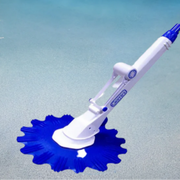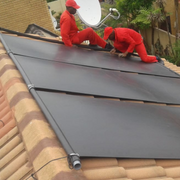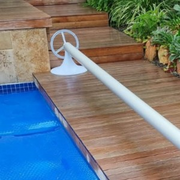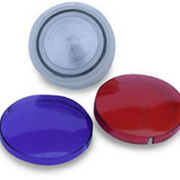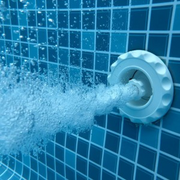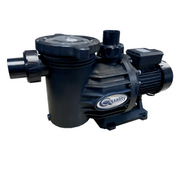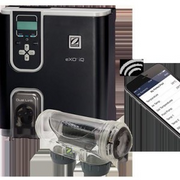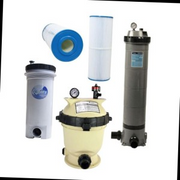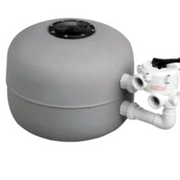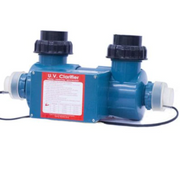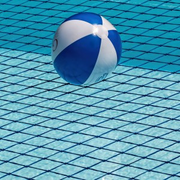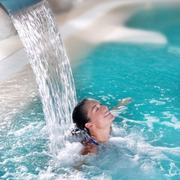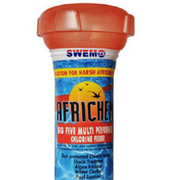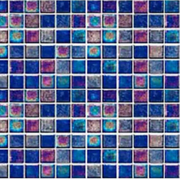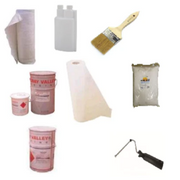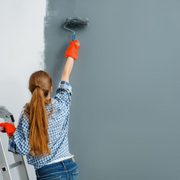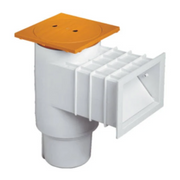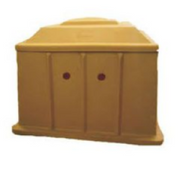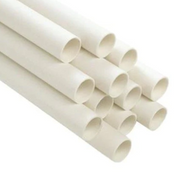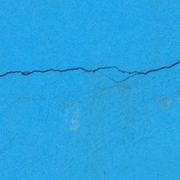The idea of having a swimming pool might sound glamorous, especially during those hot summer months. Do not be fooled, your pool can cost you if you do not properly maintain it. Neglecting pool maintenance can cause the water to turn cloudy, hazy or even green, which is both an eye sore and a health risk.
Cloudy swimming pool water can be caused by one of the following issues: improper chlorine levels, imbalanced pH and alkalinity, high calcium hardness levels, faulty or clogged filters, early stages of algae, ammonia, and debris. To get your healthy pool back or to keep your water crystal clear all year long, here are a few pro tips:
Tip 1: Correct Chemical balance. Test Weekly
The first step to clear milky water is to measure and test your: Total Hardness (TH); Total Chlorine (TC); Free Chlorine (FC); Potential of Hydrogen (pH) and Total Alkalinity (TA) with a 5-in-1 Test Strip for Swimming Pool Water.
HARDNESS
The average range for calcium hardness levels is 200 to 400 ppm.
- To raise Hardness add Africhem Calcium Chloride
- To lower Hardness add fresh water or stop using HTH chlorine that have a high calcium content. Rather use Africhem TriChlor pills
FREE CHLORINE
Free Chlorine is the available chlorine that kills bacteria and keeps the water healthy.
As soon as Free Chlorine combines with bacteria it is referred to as "Combined Chlorine '' or Chloramines.
The ideal level of Free Chlorine is 1 to 3 ppm (parts per million).
- To increase or maintain Free Chlorine level - add Africhem TriChlor pills on top of the weir vacuum lid or in a floating pill dispenser or use an Africhem Big 5 floater
To measure Combined Chlorine; apply the following formula: Combined Chlorine = Total Chlorine minus Free Chlorine
Combined Chlorine needs to be less than 0,2ppm or Zero.
- To Remove Combined Chlorine, add HTH (calcium hypochlorite) to the water for a "chlorine shock treatment" (3 to 6 cups per 50 000L pool).
POTENTIAL OF HYDROGEN (pH)
The pH level of your pool water refers to its acidity or baseness. A properly balanced pool has a pH level somewhere in the range of 7.2 to 7.8
- To raise pH add Africhem Boost & Buffer
- To lower pH add liquid pool acid or dry pool acid
TOTAL ALKALINITY (TA)
Total Alkalinity acts as a buffer for ph and help to keep pH fluctuations to a minimum.
A pool should have a total alkalinity level of between 80ppm and 120 ppm.
- To raise TA add Africhem Africhem Boost & Buffer
- To lower TA add liquid pool acid or dry pool acid
Use the results given by 5-in-1 Test Strip for Swimming Pool Water and adjust the parameters in the following order:
- First, start by adjusting Total Alkalinity (re-test after 2 days if you added chemicals to correct it)
- pH (you can re-test after 4 hours if chemicals were added to correct it)
- Free Chlorine
- Next, if the water is sparkling clear, check Hardness and once every 3 months also test if the level of “Chlorine Protector” is correct.
Tip 2: Regularly Clean Your Pool Filtration and Circulation Systems
Poor filtration means you might not be running your filter long enough, you have worn-out or clogged filter cartridges, or there is scaling on the filter. All these cause poor water circulation and result in an unhealthy pool.
Firstly, make sure you are using the right pool pump size for sufficient water cleaning. Secondly, make sure that your filtration system is running long enough.
A pool filter should preferably run all hours of the day for the water to remain clean all the time. For home pools that are not frequently used, a minimum of 8 to 10 hours a day might suffice.
Lastly, for sand filter users - backwash & rinse as soon as the ‘creepy” (APC - Automatic Pool Cleaner) move sluggish or slow. If your pool has a cartridge filtration system, clean the cartridge to remove any particles that might be causing a blockage.
Tip 3: Remove Foreign Particles, Scrub, and Vacuum the Pool
The environment and weather might cause various-sized foreign particles to land in the pool water. Body oil and sunscreen from swimmers also washes off in the water and accumulate in the pool, causing cloudiness. To prevent this, you can consider buying a pool cover or you could use manual cleaning equipment to remove visible particles.
If your pool gets a lot of direct sunlight, also consider using a pool cover when the pool is not being used, since Free chlorine depletes more quickly in full sunlight. Another popular way of scrubbing and cleaning a swimming pool is using a pool cleaner or cleaning robot to remove algae.
People also ask:
How do I make my swimming pool water clear?
BLU52 is a quick and simple solution to get your crystal-clear pool water back. One BLU52 value pack provides chemicals for 4 weeks, thus you will need 13 units to keep your pool clean for a whole year. The easy-to-use dispenser contains a combination of algaecides, algistats, bactericides, oxidizers and water clarifiers. BLU52 pool maintenance chemicals provide a complete pool maintenance solution that is low on chlorine, ensuring a healthier swimming pool environment.
Note:
To prevent potential brown staining of the swimming pool interior, add metal remover to the water every 6 months.
Other products that compliment BLU52:
- Test-strips to test the Free Chlorine, pH, TA and Stabilizer (Chlorine Protector) levels within 30 seconds.
- Africhem Boost and Buffer to increase the pH or TA.

